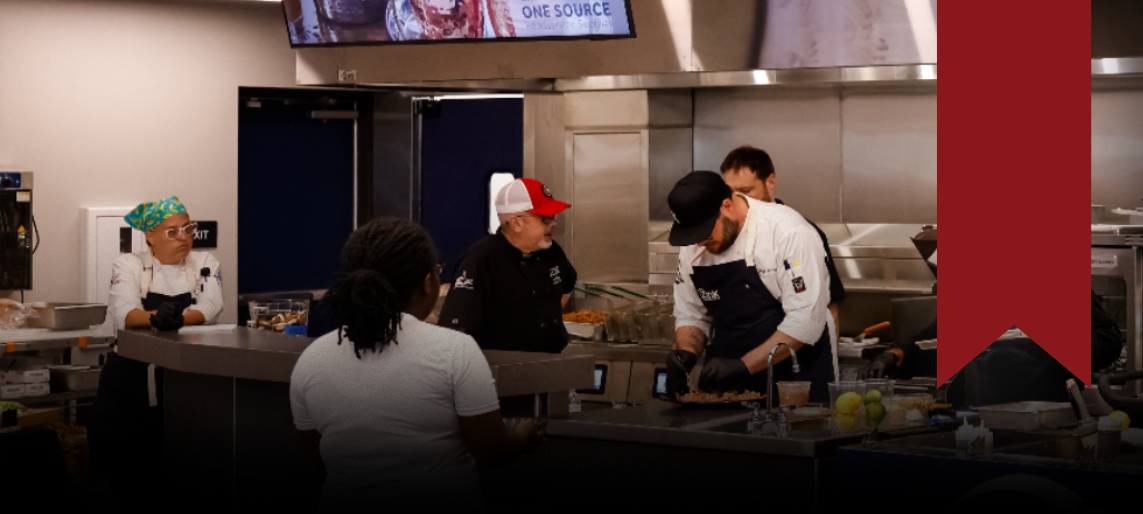
Summary
Starting a food truck is a dream for many aspiring chefs and entrepreneurs—but launching one doesn’t have to mean buying everything at once. Whether you’re bootstrapping your way into the mobile food scene or scaling from pop-ups to a permanent rig, we’ve broken down the essentials into budget-friendly phases to help you start smart and grow strategically.
Phase 1: The Core Setup
If you’re just getting started, focus on the bare minimum required to cook, store, and serve your menu safely and legally.
Truck + Infrastructure:
- Food truck or trailer shell (new, used, or custom-built)
- Generator or shore power hookup
- Water tanks (fresh and gray water)
- Commercial hood system (if frying or grilling)
- Fire suppression system (required by most codes)
- NSF-certified hand sink and 3-compartment sink
- Basic plumbing and electrical work
Kitchen Equipment (menu dependent):
- Griddle, fryer, or charbroiler
- Steam table or hot holding unit
- Under-counter refrigerator or sandwich prep table
- Smallwares – knives, cutting boards, tongs, spatulas
- Ventless equipment (great for limited space or lower ventilation budgets)
Other essentials:
- POS system or tablet with card reader
- Menu signage
- Business licenses, food permits, insurance
Pro Tip: Stick to a limited menu at first to minimize equipment needs and streamline operations.
Phase 2: Optimize for Efficiency
Once you’ve proven your concept and are generating consistent revenue, it’s time to reinvest and refine your setup.
Equipment Upgrades:
- Additional refrigeration – reach-ins or cold drawers
- Combi oven or convection oven – for expanded prep
- Ventless countertop equipment – like panini presses or rapid cook ovens
- Back-up generator or inverter system – for reliability
- Shelving and storage racks – to maximize every inch of your space
Service Enhancements:
- Digital menu board
- Better packaging for delivery or catering
- Exterior lighting and decals
- Wi-Fi hotspot or improved tech for remote operations
Behind-the-scenes investments:
- Inventory management tools
- Scheduling software
- Food safety and prep training for staff
Phase 3: Growth & Expansion
When you’re ready to scale or diversify your revenue streams, these investments help position you for long-term success.
Add-On Equipment:
- Espresso machine or smoothie blender – if expanding to breakfast or beverages
- Freezer – for bulk inventory or expanded dessert menu
- Mobile handwashing stations – for catering gigs or outdoor service
Off-Truck Essentials:
- Storage unit or commissary kitchen
- Delivery vehicle or trailer for catering
- Uniforms and branded merchandise
Sales Growth Tools:
- Custom website with ordering integration
- Marketing plan with targeted promotions
- Online ordering, loyalty programs, or gift cards
Final Thoughts
No matter your budget, the key to food truck success is starting with what you need, then building from there. Aldevra can help you source the right foodservice equipment—whether it’s a countertop fryer today or a full custom install tomorrow.
We help outfit kitchens of all sizes—and that includes food trucks. Need help designing your layout or choosing the right NSF-certified equipment for your local health code? Contact us—we’re here to help you hit the road running.
Have questions about outfitting your food truck? Let’s chat.
📞 269-350-1337
🔗 www.aldevra.com











